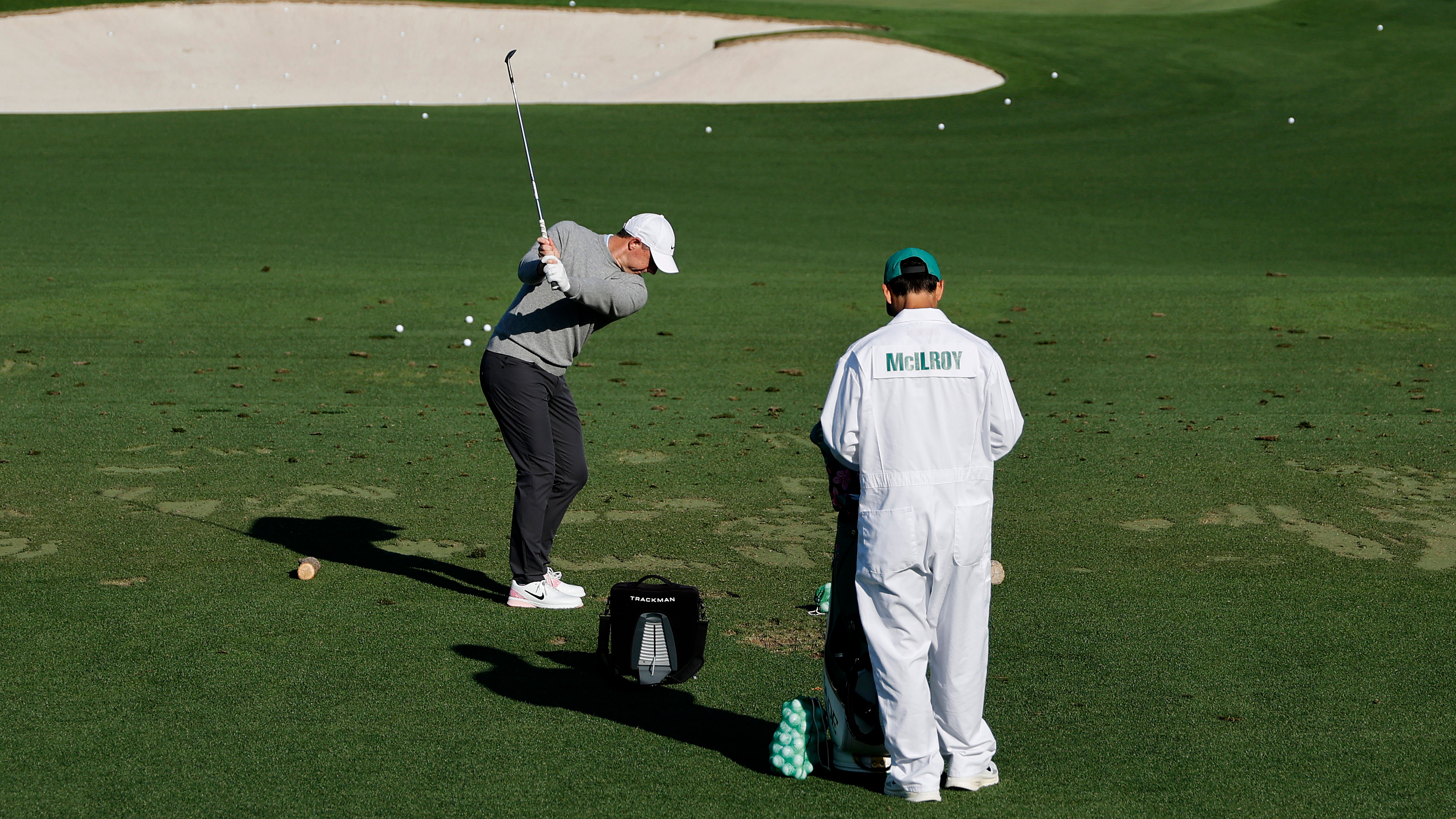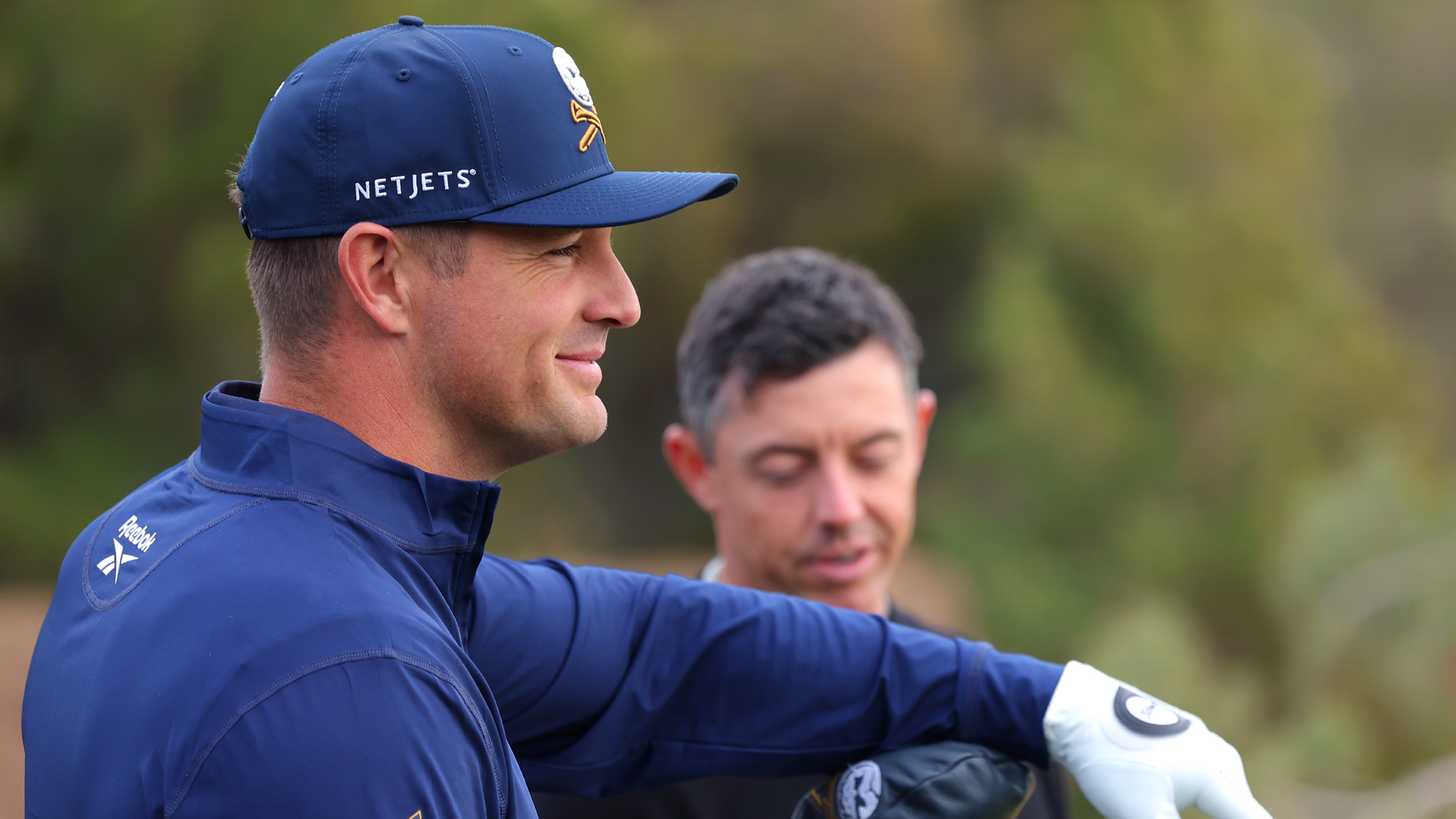How Hard Should You Hit Short Putts?
In this video, Golf Monthly Top 50 Coach Andrew Jones explains the importance of speed on short putts


In this video, Golf Monthly Top 50 Coach Andrew Jones explains the importance of speed on short putts.
In this short putt speed video, Andrew Jones offers some fascinating insight into how hard you should hit your short putts and he provides some simple drills to help you. We have also added the thoughts, below, of Golf Monthly Top 25 Coach Paul Foston.
When you face a short putt you an important choice to make. Do you ram the ball hard into the back of the hole removing the break or do you dribble it in allowing for the slope?
I don’t like my pupils to have a one-size fits all approach here because, for me, this decision depends on a couple of key factors.
Firstly, how fast are the greens? Remember the faster the ball is running at the hole, the more likely it is to lip out so if the greens are really slick you need to treat them with care.
Secondly, how much break is there? If the putt is straight, a firm strike should help take out the effect of any imperfections on the green.
Likewise, if the break is subtle, hitting the ball hard and straight will remove any indecision. If in doubt, firm and straight!
Get the Golf Monthly Newsletter
Subscribe to the Golf Monthly newsletter to stay up to date with all the latest tour news, equipment news, reviews, head-to-heads and buyer’s guides from our team of experienced experts.
If however, the putt breaks a lot, hit it gently and allow for the slope as you need to maximise the size of the hole in this scenario.
The firmer you hit the putt, the smaller you essentially make the hole. A deadweight putt has more chance of lipping in than a ball hit with enough speed to finish 4 feet past.
If there greens aren't rolling particularly true, such as in the Winter, hitting putts firmly will reduce the chance of the putt bobbling offline and missing.
In matchplay, if the putt is for a half then be positive and hit it firm. If the putt is to win the hole and the one coming back might matter, perhaps be a little more conservative with your speed on the first putt.
Try this!
If you are going to ram a short putts in, use the alignment mark on your ball to aim at the back of the hole. Being precise over your aim is critical and this quick tip will definitely help.

Location: Walmer & Kingsdown Golf Club
After turning professional in 1991, Andrew served as Assistant Pro at Royal Cinque Ports from 1993 until 1998, before spending three years as Head Pro at Lydd Golf Club. He remains in Kent and, after a spell as the Director of Coaching at Sene Valley, is now the Club Professional at Walmer & Kingsdown Golf Club.
Students learn best when...
They have bought into your vision, passion and enthusiasm as a coach and are prepared to go on the journey with you sharing experiences and opinions with an open mind to what is necessary to improve their game. Both the pupil and the coach need to be entering this relationship with eyes, ears and senses wide open and a willingness give it a go!
Greatest teaching influence:
Fellow Top 50 coach, former boss and mentor, Andrew Reynolds. In my early years as a trainee PGA assistant at Royal Cinque Ports, he instilled in me the importance of the analysis of ball flight and also identifying cause and effect within the swing. Other notable (Tour) coaches I have studied carefully during my development have been David Leadbetter and Butch Harmon.
Most common problem:
The grip. For me, it has to be the poor connection to the club itself that can have a fundamental and sometimes catastrophic influence on how we stand to, move and deliver the club to the ball.
-
 Rory McIlroy Explains His Extraordinary Pre-Round Routine (And It's The Complete Opposite Of Most Amateurs)
Rory McIlroy Explains His Extraordinary Pre-Round Routine (And It's The Complete Opposite Of Most Amateurs)McIlroy shares what goes into his usual pre-round routine at tournaments and what his timetable looks like before arriving at the first tee
By Jonny Leighfield Published
-
 ‘You Kinda Did It To Yourself’ – When Bryson DeChambeau Needled Rory McIlroy Over US Open Battle
‘You Kinda Did It To Yourself’ – When Bryson DeChambeau Needled Rory McIlroy Over US Open BattleMonths after Bryson DeChambeau’s defeat of Rory McIlroy in the US Open, the two met in Las Vegas, where the LIV Golfer had a lightning-quick response to a humorous comment from his rival
By Mike Hall Published